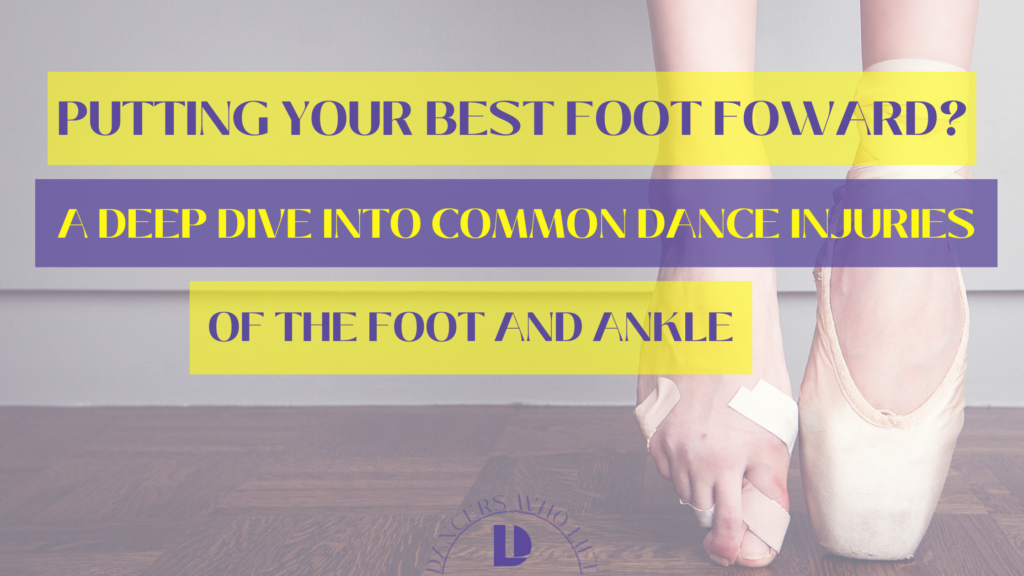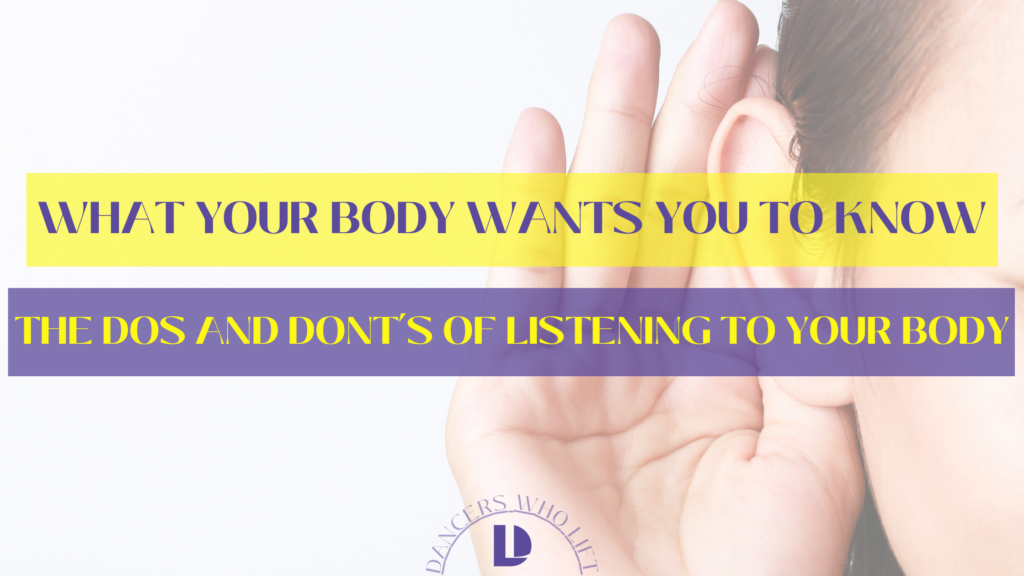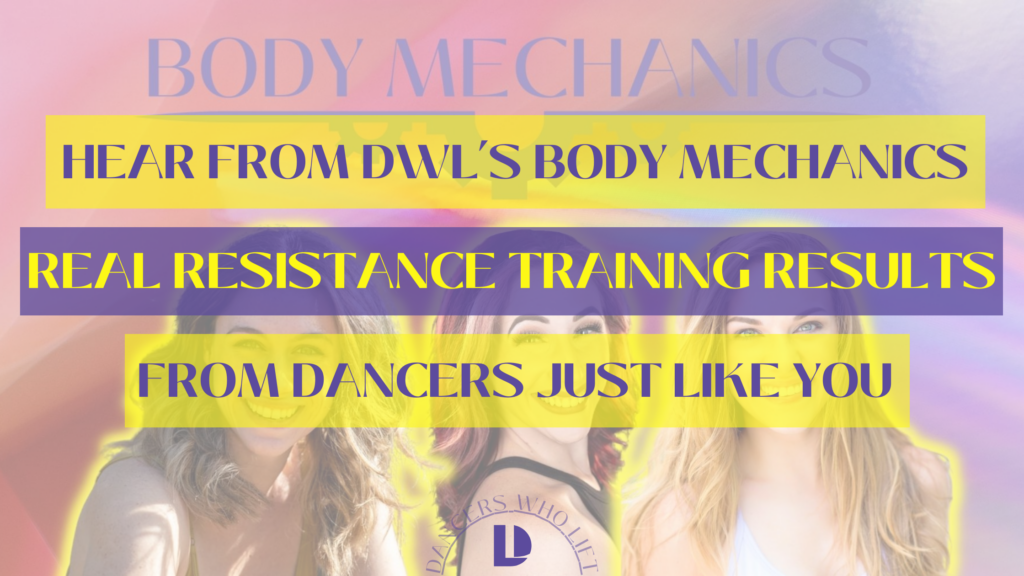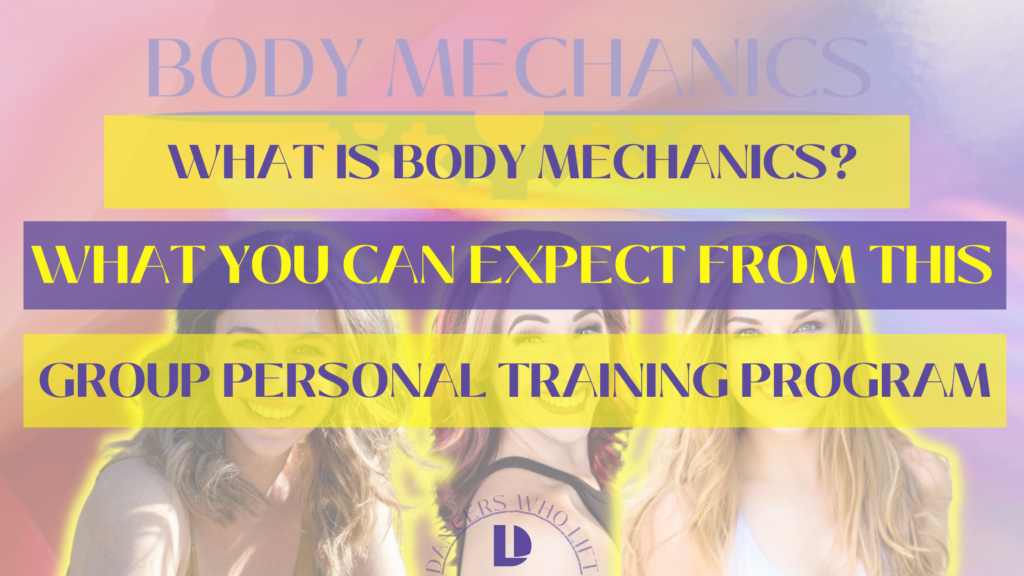As dancers who cross train by lifting weights, we take nutrition very seriously. That’s why, today, we are talking bout the importance of probiotics and fiber.
There are a few bases to cover here, so let’s just dive right in, shall we?
What are Probiotics?
Probiotics are microorganisms that have health benefits when consumed or applied to the body. These microorganisms are what we call “good bacteria” and they aide in food digestion, attacking disease-causing cells, and producing vitamins.
The most common sources of probiotics are yogurt, cultured buttermilk, and cheese.
However, there are a lot of foods that have probiotics due to fermentation like, kefir, kimchi, kombucha, sauerkraut, miso, pickles, and raw unfiltered apple cider vinegar.
Probiotics are particularly helpful in solving tummy troubles like IBS or digestion struggles due to travel. (Looking at you all my tour bugs!)
What is Fiber?
Fiber is the roughage of plant foods that our body isn’t able to digest or absorb. Because fiber isn’t digested, it passes (pretty much intact) through your small intestine and colon. That’s why it’s so important to chew our food thoroughly!
There are two kinds of fiber, soluble fiber and insoluble fiber.
Soluble fiber is dissolves in water and makes a kind of gel. This kind of fiber helps with cholesterol and glucose levels. It’s found in oats, peas, beans, aple, citrus fruits, and barley.
Insoluble fiber does not dissolve in water and therefore promotes the movement of “stuff” through your digestive system. This kind of fiber is beneficial if you’re experiencing constipation or irregular bowel movements. Insoluble fiber is found in whole-wheat flour, bran, nuts, beans, and veggies!
The recommended daily intake of fiber is between 20-30 grams of fiber per day. Reaching this goal definitely takes practice, but by adding an extra scoop of veggies to your plate, opting for whole wheat, or using fruit as a snack can easily boost your fiber intake!
What Are The benefits of Probiotics and Fiber?
As mentioned earlier, probiotics and fiber work together to regulate our digestive system, and promote healthy bacteria growth that boosts our immune system protecting us from infectious diseases.
In fact, the combination of dietary fiber and probiotics increases the health of the gut microbiome so much that it’s used a means of cancer prevention and treatment!
The really fun bonus is that this study found that the combination of probiotics and dietary fiber induced significant weight loss!
I’m Sold. How Do I Add Probiotics and Fiber into My Diet?
As mentioned before, you can do this by being intentional about including the amounts fibrous and probiotic foods.
Now, increasing your fiber intake is fairly simple. It just requires a bit of intentionality, such as swapping out your white bread for whole grain or adding extra fruits and veggies to each of your meals.
Because probiotic foods are bit more specific, some people prefer to take a supplement in the morning in addition to adding probiotic foods into their diets.
But if supplements aren’t for you, try adding in more yogurts, use apple cider vinegar in your salad dressings, or enjoy a lovely cheese plate!
At the end of the day, getting plenty of probiotics and fiber only requires a tiny bit on intentionality when you’re planning your meals.
Want some tips on intentional meal planning? Our Body Mechanics program actually comes with monthly meal plans, recipes, and shopping lists to ensure you’re getting everything you need!
Not ready to join the family on that level? That’s okay! Here are a few other blog posts we think you might love: Should dancers drink daily greens?, Lucky Number Seven: A Full-Body Workout Routine, Honor Your Limites: 7 Types of Boundaries and How to Set Them











